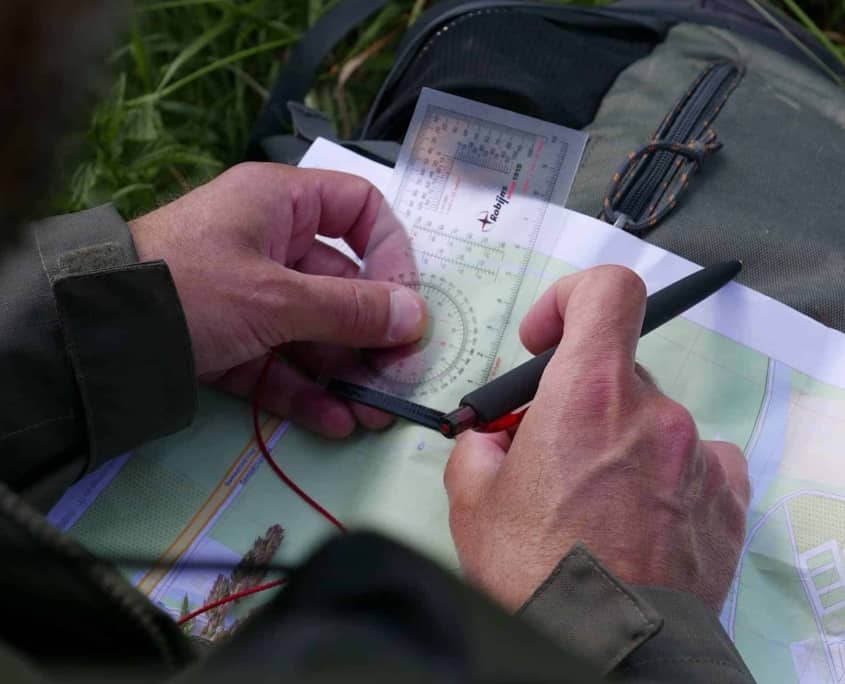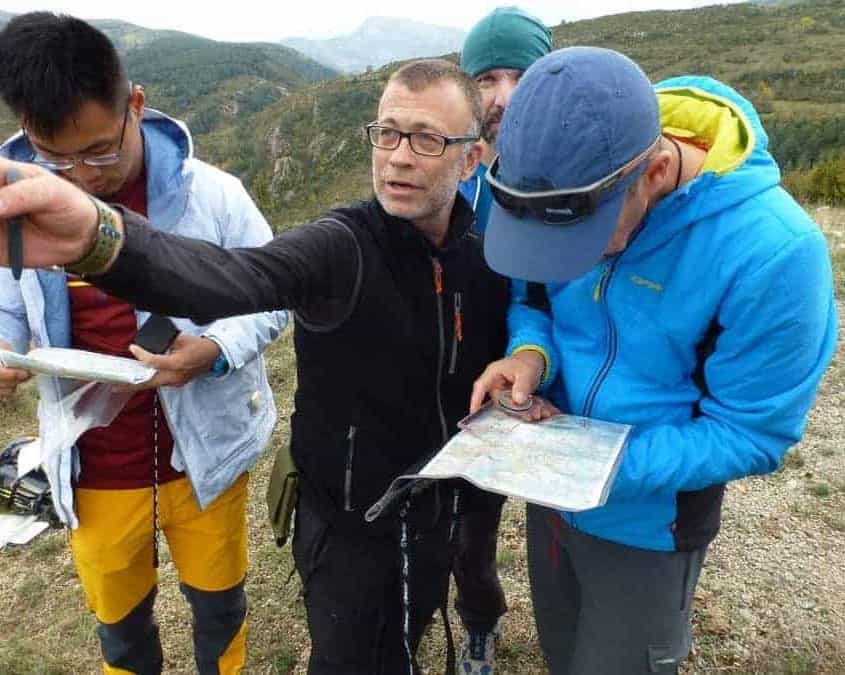What is Compass Deviance? And how does it work?
Navigation with a compass is an important skill for adventurers and outdoor enthusiasts.
To navigate effectively, it is important to understand not only the basics of a compass, but also the more complex aspects, such as compass deviation.
– Compass Deviation is the angular deviation of the compass caused by local magnetic fields, such as the metal in a vehicle or ship.
– This means that the needle of your compass can be affected by other nearby magnetic fields, causing the compass to no longer point accurately to magnetic north.
– Deviation differs from declination, which is the difference between magnetic north and geographic north.

Why is Compass Deviance Important?
Understanding compass deviation is critical when navigating with a compass, especially in a vehicle or ship that contains metal parts that can affect the compass.
Even small deviations can throw you off your path considerably, especially over longer distances.
Imagine you are sailing on a lake and your compass gives a course 4 degrees off the actual direction.
After a distance of 50 km, you would already be almost 4 km from your intended destination!
How to Account for Compass Deviance?
Correcting compass deviation is an important part of navigating with a compass, especially in an environment with potentially disturbing magnetic fields. Here are some steps:
- Determine the deviation for your situation: You can create a deviation table by checking at different headings how much your compass deviates from a known direction, such as a landmark or a GPS heading.
- Correct your course: Once you know how much deviation your compass has, you can apply this correction to the courses you are following. For example, if your compass has 2 degrees east deviation, you would correct 2 degrees west when following a course.
Let’s take an example:
Imagine you are piloting a ship and you want to go to an island that is exactly north.
You have determined that your compass has a deviation of 2 degrees east.
So to steer correctly to the island, you would point your compass to a course of 2 degrees west of north (or 358 degrees on a compass rose).

Summary and Further Learning
Understanding compass deviation and how to correct it is important for accurate navigation:
– Compass Deviation is the angular deviation of your compass caused by local magnetic fields.
– Failure to correct deviation can lead to significant navigation errors, especially over longer distances or in vehicles with a lot of metal.
– By creating a deviation table and adjusting your courses that way, you can navigate accurately despite any deviation.
If you want to learn more about using a compass and the challenges of compass deviation, there is no better way than to get hands-on experience under the guidance of experienced instructors. This can be done, for example, at a specialized map and compass workshop.
We offer a variety of outdoor courses, including specific training in map and compass use.
These courses are designed not only to teach you knowledge, but also to give you practical experience in a wide range of situations.
Practical experience is indispensable in learning how to deal with compass deviation.
No two situations are the same and the amount of deviation can vary greatly depending on where you are and what kind of vehicle you are using.
That’s why our workshop ‘s hands-on approach gives you the opportunity to learn from experienced guides and test your skills in the real world.
Remember that, like any other skill, mastering compass navigation takes time and practice.
So don’t be discouraged if it seems difficult at first.
Keep practicing, keep learning, and before you know it, you will be able to find your way with confidence and precision.
Good luck and happy navigating!

Map and compass use in practice

















Leave a Reply
Want to join the discussion?Feel free to contribute!